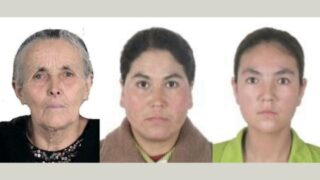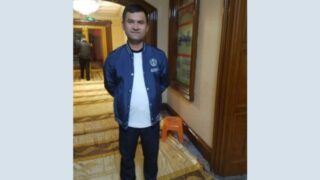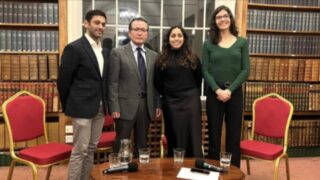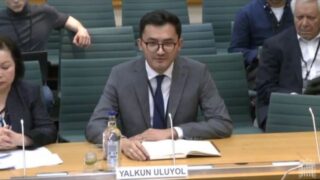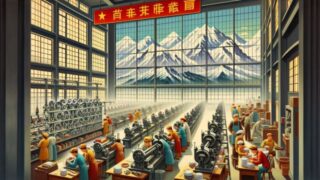Chinese couples went to areas of Xinjiang where surveillance was less strict to have a forbidden second child. If the baby was female, they abandoned her in the streets.
by Kong Peizhi


Being a netizen in China is an interesting experience. You can learn a lot from what is posted—and even more from what censors delete.
Among the most popular social media among young Chinese is Zhihu, which is structured in a question-and-answer form. On February 22, a Zhihu user posted: “People often ask me if I am really from Xinjiang, because I am both of Han nationality and from Xinjiang. Mainlanders generally think that Xinjiang people are all ethnic minorities with high noses and big eyes. So I invite everyone to talk about what Xinjiang people look like in your eyes…”


There were a lot of interesting answers, and the thread went on for months. It was obviously watched by censors, who eliminated one of the answers, published on June 5.
The answer reported that, “Xinjiang people are generally good-hearted, not patriarchal. Most people in Western China should remember that a few years ago there was a lot of propaganda about ‘ethnic solidarity cases.’ Most of them were stories of adoption of abandoned Han babies by Uyghurs. The abandoned babies were generally female or disabled. The cases were concentrated from Aksu to Ili, forming a U-shaped belt of abandoned babies around the Tianshan Mountains. Female abandoned babies were basically concentrated between October and December. My sister was one of them. My mother worked in Hami, where she picked up the abandoned baby in front of a public toilet. At that time the government of the Western region was very loose. The rural areas basically self-governed themselves. The Uyghurs did not have a lot to do with the Han Chinese. People from beyond the mountains [i.e., from other parts of China] would come to work in Xinjiang in the spring, and some couples would secretly give birth to a child there.”
“If the baby was a girl, the post continued, they would abandon her in Xinjiang and run back home, leaving just a note with her date of birth. Uyghur people are kind-hearted and do not value sons over daughters, nor do they value blood ties as much as the Han Chinese do. They do not feel that without blood ties there will be no affection, so most of these abandoned babies were raised by local Uyghur people. So now in these areas you could find Han Chinese faces, and chances are they are formerly abandoned babies. The number of these abandoned babies was quite high. When all townships had reported cases in their jurisdictions, the number was too much for the authorities, and most of them were Han Chinese female abandoned babies. The impact was very bad, causing a lot of debate, and finally the propaganda ended.”


That the post was promptly cancelled is not surprising. It opens a window into a tragedy the CCP prefers to cancel from history. During the days of the now defunct “One Child Policy,” some Han Chinese couples who wanted a second child went to areas of Xinjiang where surveillance was less strict. As the post correctly indicated, if the child was male, they would take him back to their home province with them. If children were female or disabled, they would be abandoned in the streets with a piece of paper indicating the birth date, hoping they would be saved by the good hearth of the Uyghurs. This did happen, as in the case of the netizen’s sister who was abandoned in front of a public toilet and raised by a Uyghur family.
Once, these cases were used in the CCP propaganda as evidence of the Uyghur-Han solidarity. No longer now. Uyghur families are depicted as backward and extremist, from which children should be taken to be educated in the Party’s boarding schools. Remembering that they once took good care of Han babies abandoned by their mothers terrorized by the “One Child Policy” would run counter that propaganda. It may also remind Chinese of how inhumane the “One Child Policy” was.


